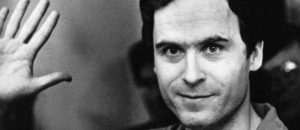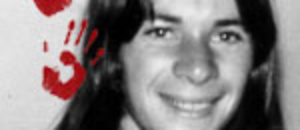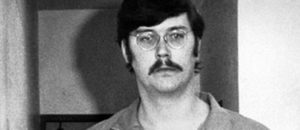James Edward Pough – Jacksonville, Florida
James Edward “Pop” Pough (February 16, 1948 – June 18, 1990) was an American spree killer responsible for a multi-site rampage in Jacksonville, Florida, over June 17–18, 1990. He is most widely known for a mass shooting at a General Motors Acceptance Corporation (GMAC) office that left nine employees dead before he died by suicide.
Key Facts
- Pough killed a total of 11 people during a two-day spree on June 17–18, 1990, and wounded six others.
- He was commonly known by the nickname “Pop”.
- Pough died by suicide at the scene of the GMAC office on June 18, 1990, and was never tried or sentenced.
- The fatal GMAC attack occurred on June 18, 1990, and followed several attacks the night before.
- Investigators recovered an M1 carbine, a .38-caliber revolver, additional pistols and magazines among the weapons he carried.
- The spree took place over a short period, beginning late on June 17 and culminating the morning of June 18, 1990.
- The principal massacre occurred at the GMAC office at 7870 Baymeadows Way in Jacksonville, with earlier shootings and a convenience store robbery nearby.
- At the GMAC office Pough moved through the open workspace firing rapidly, discharging at least 28 rounds within roughly two minutes.
- Police found a ransacked home, nylon rope in his vehicle and a calendar with dates circled, suggesting premeditation and possible additional plans.
Crimes and Victims
The violence began just after midnight on June 17, when Pough fatally shot a man identified as a pimp and later struck and killed a woman who was a sex worker, then wounded two teenagers. In the early hours of June 18 he robbed a convenience store before proceeding to the GMAC office.
At the GMAC office on the morning of June 18, Pough entered armed and opened fire on customers and employees in the open-plan space, killing nine people and wounding four others in that location. Witnesses and investigators reported that he moved from desk to desk, firing multiple rounds; several victims died at the scene while others succumbed to injuries later.
Capture and Trial
Pough was not captured or brought to trial; he ended his life at the GMAC office after the shooting. Because he died at the scene, there was no criminal prosecution or sentencing.
Law enforcement processed the scene and recovered multiple firearms, magazines and other items from his vehicle and home, which were entered into the investigation. Officers noted a calendar with circled dates found in his residence and pieces of nylon rope in his car, which investigators examined for insights into his planning.
Psychology and Motives
Authorities characterized the motive for the initial late-night killings as possibly linked to a failed transaction related to sex work, based on circumstances at the first crime scenes. However, the broader motive for the escalation to the workplace massacre was not definitively established in public reports.
Cues from the investigation, including circled dates on a calendar, a visit to a gravesite immediately before the GMAC attack, and items suggesting hostage plans, led investigators to conclude elements of planning; investigators and commentators nevertheless described his overall psychological state as not fully understood. Public records and reporting left questions about his mental health and specific triggers that preceded the spree.
Background / Early Life
James Edward “Pop” Pough was born on February 16, 1948, and lived in the Jacksonville area in the years leading up to the shootings. Public accounts note local ties and that several of the early attacks occurred within a short distance of his home.
Investigators reported that Pough had connections to the workplace targeted in the massacre, and he contacted a supervisor the morning of the attack to say he would not be coming in. Outside of these details, publicly available information about his upbringing, employment history and personal life is limited in contemporary reports.
Legacy and Media Coverage
The GMAC shooting was widely reported as the deadliest single-day massacre by a lone gunman in Florida at the time, surpassing an earlier mass killing in Hialeah in 1982. Coverage in local and national media focused on the scale of the attack, the victims, and the suddenness of the violence.
News outlets and community reporting documented memorials and efforts to remember the victims, and the incident has been referenced in subsequent discussions about workplace violence and mass shootings in the United States. The event remains part of the historical record of high-fatality shootings in Florida and continues to appear in retrospectives on similar crimes.




